Crowd-Sourced Art was the second Micro-Project that was done in class. We needed to build a quick and interactive experience where we required the participation of others via any social media or online platforms.

What is the content of the work and who is creating it?
My partner, Jessie and I first brainstormed ideas. We both agreed that ADM was filled with weird items lying around. That was where our idea started. A classmate from the previous semester had borrowed a cup from Canteen 2 and haven’t returned it ever since. Therefore, we started with that! We both figured that given the short time span given to complete our project, we had to keep the timing of the responses on polling and the posting of the videos/photos in mind.
In general, people are attracted to things that were revolting (just based on experience). It creates a reaction. Henceforth, our idea was to create an experience for our participants where they get to choose edible items that generally don’t go together but will be placed in our drink. The intensity gets higher as the food items get more and more revolting.
Firstly, we went to find the cup at the Basement floor and took a photo of it and posted it along with a poll. The choice was whether to wash the cup first or just take it for use.
The majority of the voters voted for us to just take it for use. After which, we proceeded to give the option to our participants whether we should use tapwater AKA NEWater or get water from the cooler. As expected, most people voted for the NEWater.
To make it more interesting, we then decided to give the option for participants to virtually add M&Ms or Spicy Chilli Tapioca Chips to our drink. Of course, they picked the Tapioca Chips!
We then included a video for them to watch us add the chips into the water. Safe to say, it wasn’t looking good. You could see the oil separating from the chips and into the water.
The second to last option was whether to add Yoghurt or a Tandoori Chicken sandwich to the drink. The majority of them chose the Yoghurt! Along with that also, we added a video to see the extent of the damage done by their choices.

The last and final option came as a surprise for our participants as we wanted to keep the suspense going, knowing that people would probably be wondering if we were going to consume the drink or not. Hence, we made the participants choose whether they wanted me or Jessie to consume it.
For the final option, we decided to have it Live with our real-life participants who were our lovely classmates and lecturer! Majority voted for Jessie to drink it. So we recorded the live session of Jessie consuming the drink! It was not a fun experience for her but certainly so for the rest of us!
Some challenges:
Originally, we wanted to make it more cost efficient while having a higher intensity by using condiments and seasonings provided in Canteen 2 such as chilli flakes, parmesan, soya sauce, etc. However, given the time limitation, we had to resort to being resourceful in ADM itself. Another challenge was also the fact that it took people quite some time to respond. This could be due to the timing when the stories were posted on Instagram.
Now, to answer the rest of the questions that were intended for this post:
Where does this work take place?
It took place via Instagram and we went around ADM to create this interactive online experience!
How does this work involve social interaction?
As mentioned above, people are very much attracted to things that are revolting and suspense. Therefore, by doing polling on Instagram and creating a mini story-line for our viewers, we were able to attract them to participate in our interactive experience done via polling. Collectively, they were given the option to basically determine what goes into our drink.
How is your crowd-sourced project different from one that is created by a single artist/creator?
Our crowd-sourced project differs from a single artist/creator through the unpredictability, biasness as well as the inclusion of the freedom of choice for the participants. In addition to that, it created a virtual interactive experience for our participants.
In our interactive experience, we gave our participants the freedom to choose between two option. Although it’s not necessarily an ideal number of options, we were limited by the features. Hence, there is still a certain biasness to it given that we dictated the two option. However, it was still an unpredictable outcome as it was collectively controlled by our participants as well.
In contrast, if a project was not crowd-sourced and done by a single artist, that would mean that the project would be a lot more bias as it involves the opinions, thoughts, and decision of the creator. The interaction with the participants would be minimal to none which is basically what crowd-sourced art requires.
Both crowd-sourced and single artist artworks have their strengths and weaknesses. It all depends on the message intended to be conveyed as well as the motive of the artist/creator.
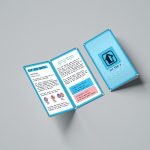
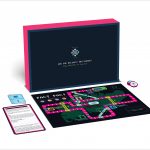
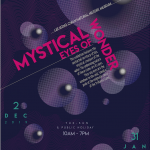
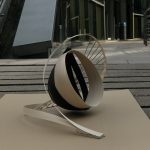
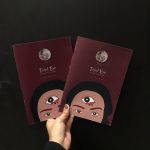
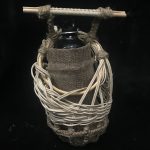
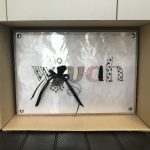
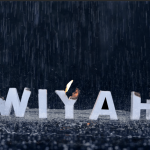
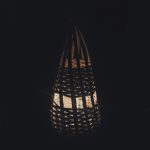
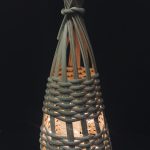
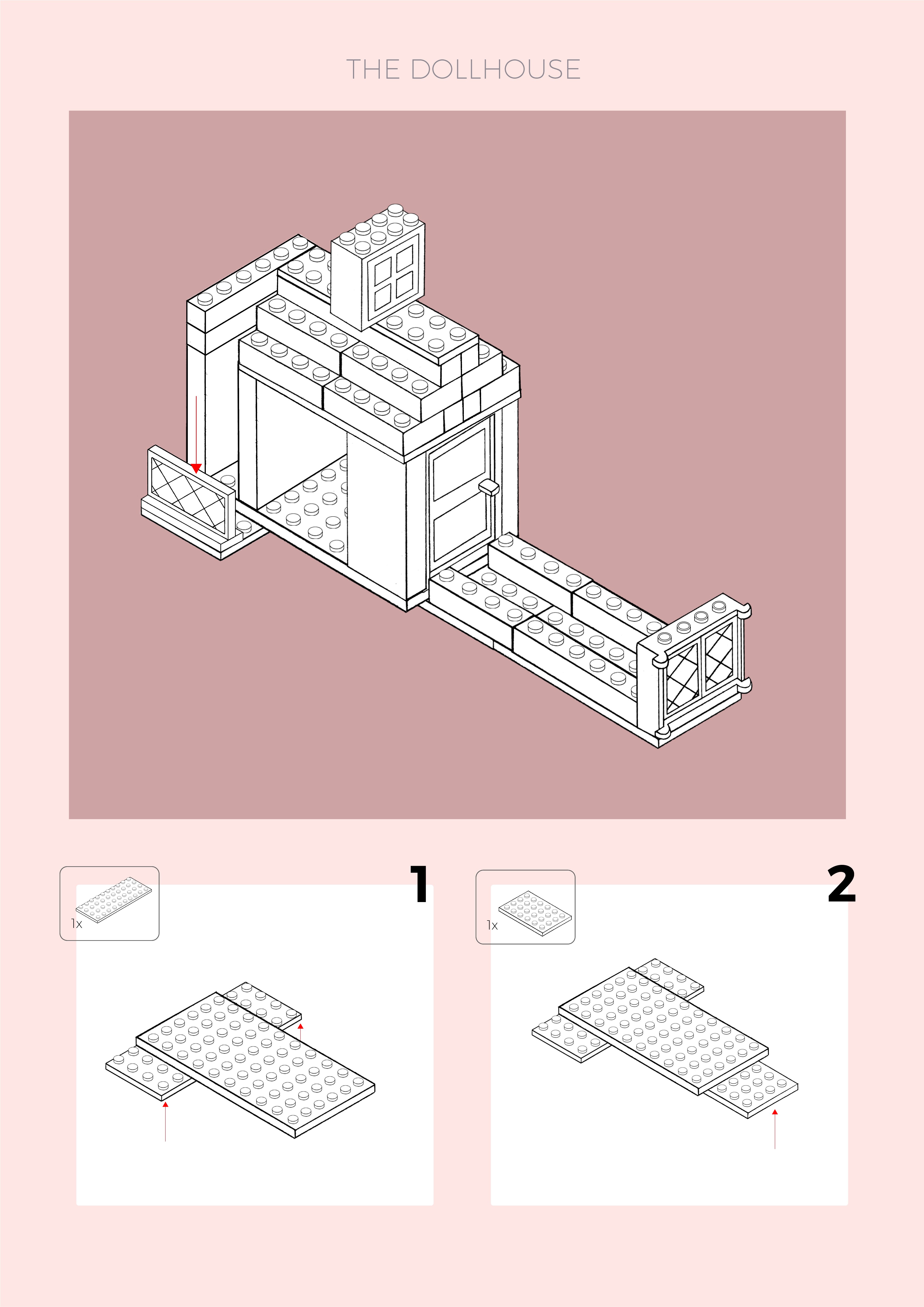
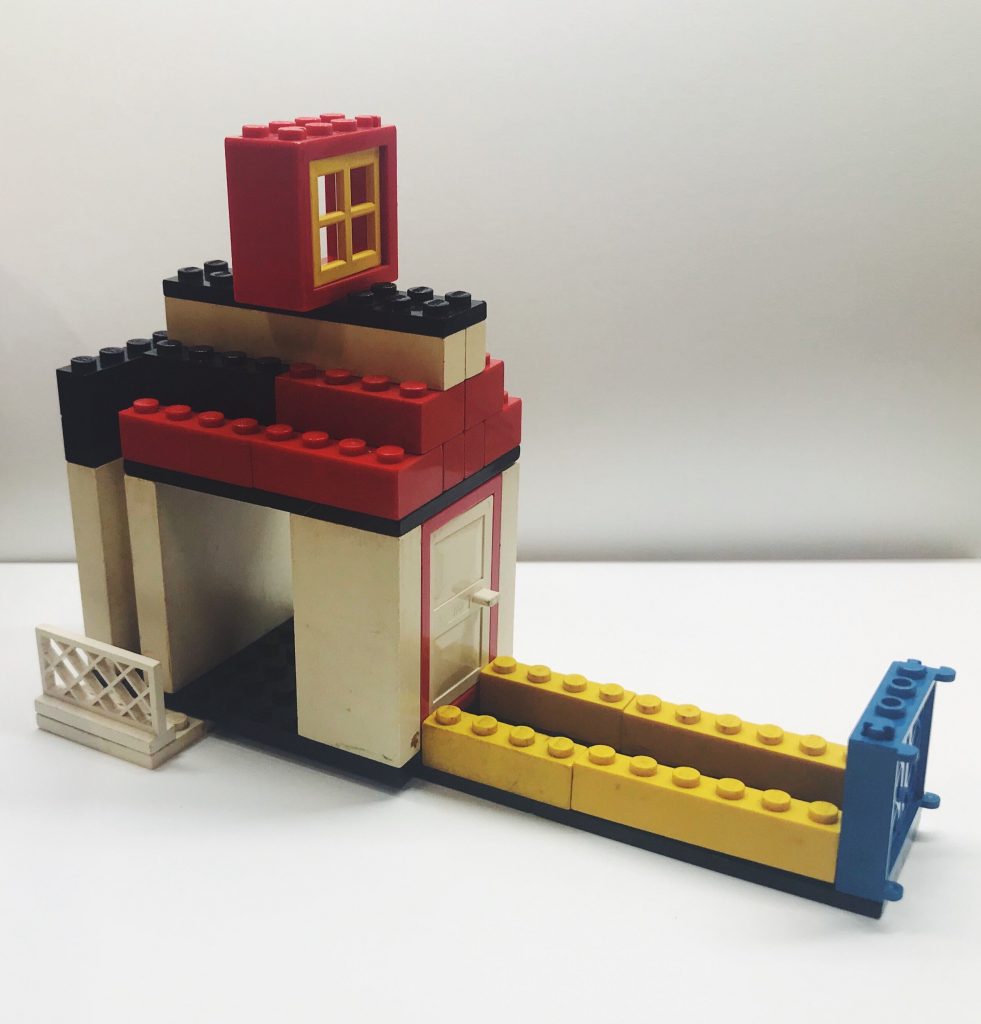
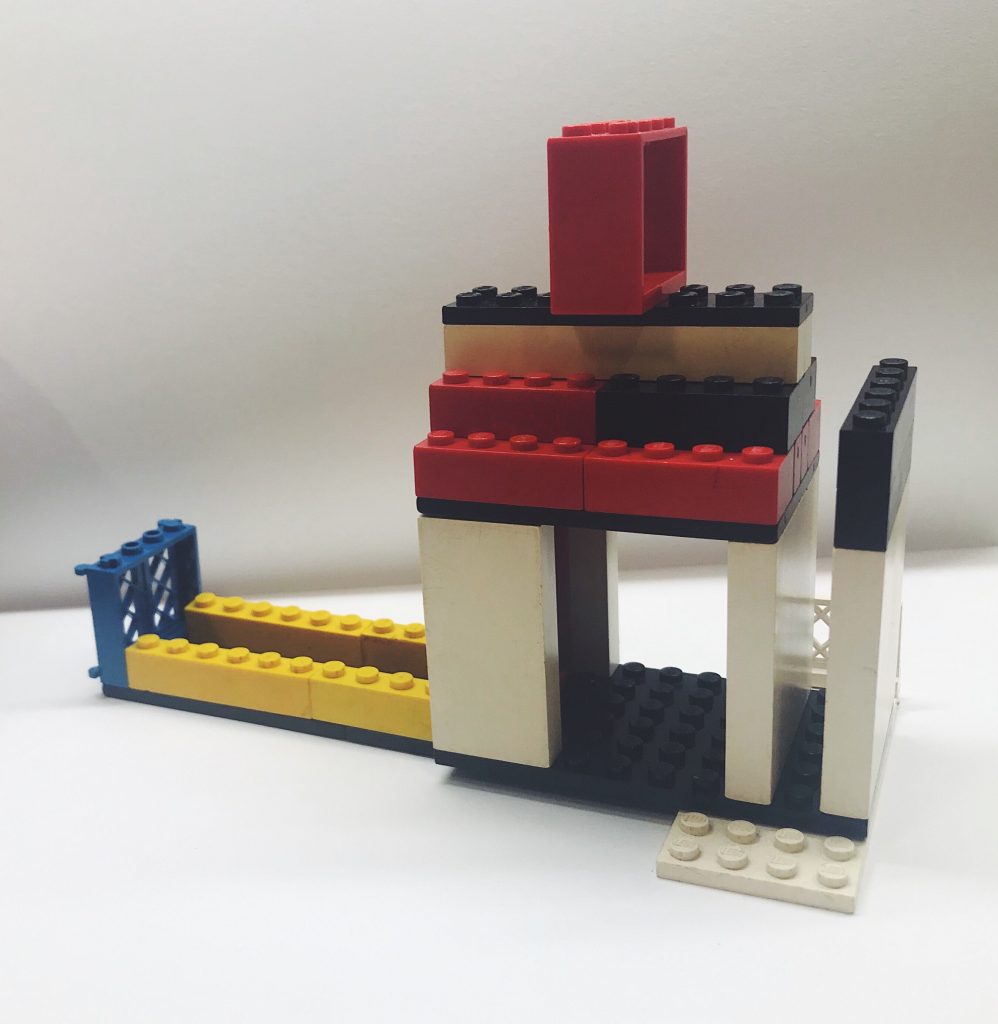
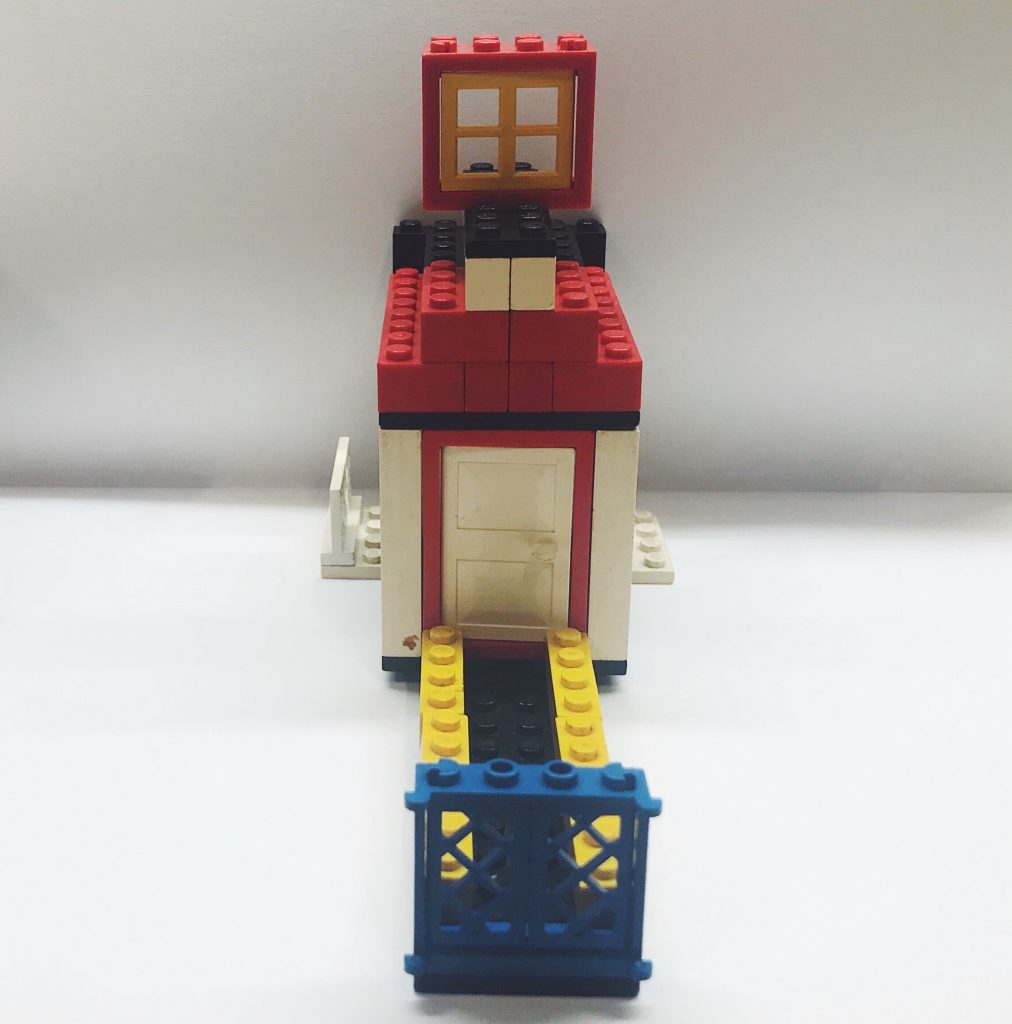
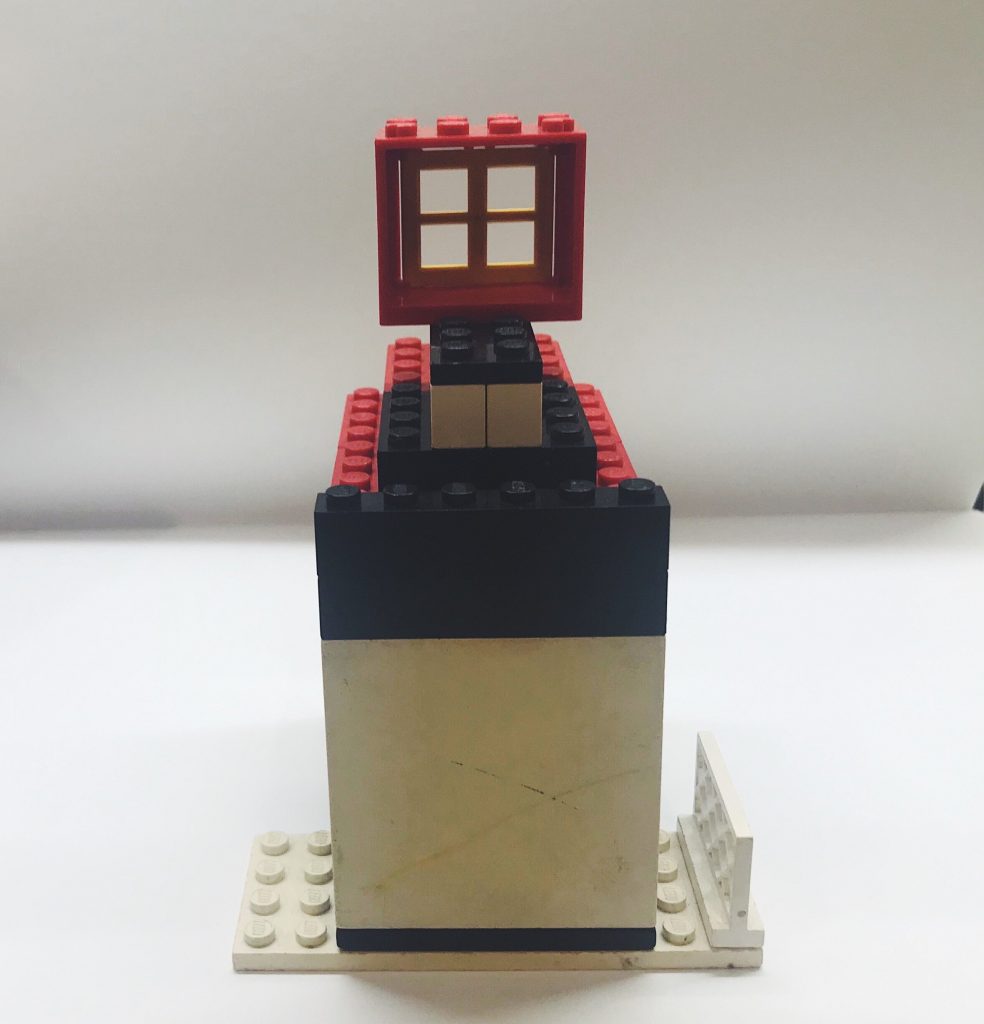
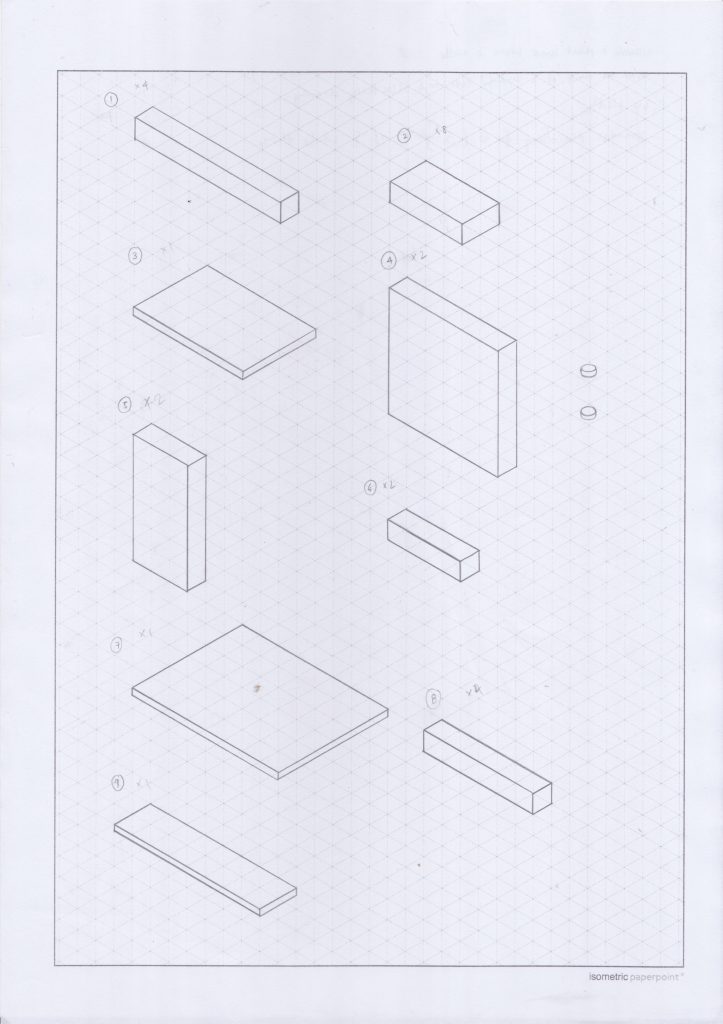
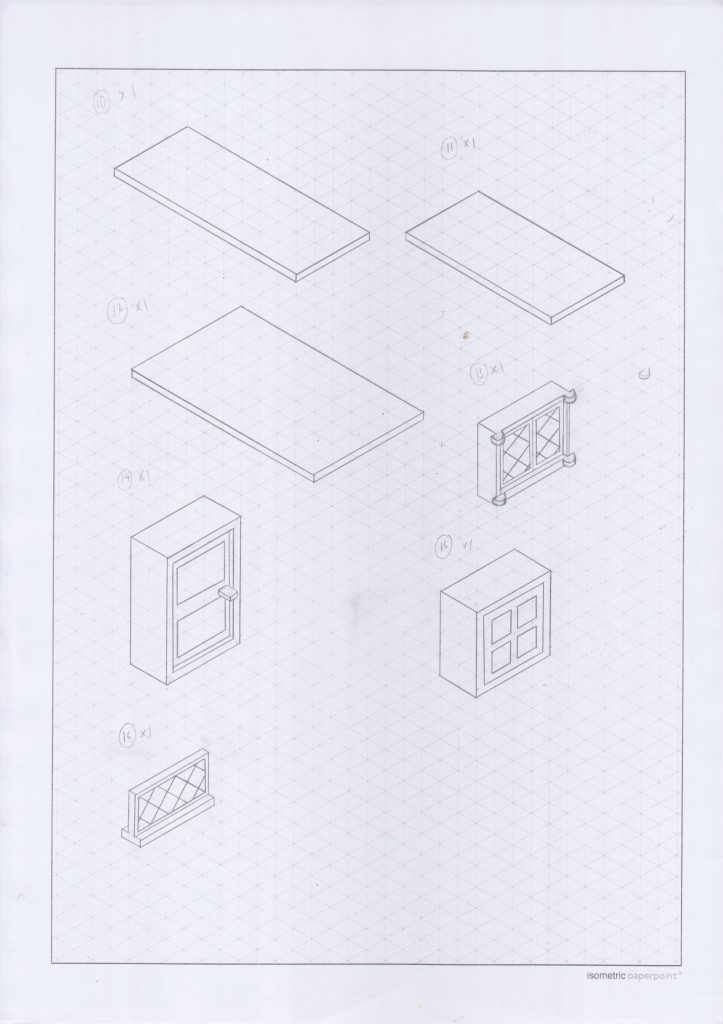
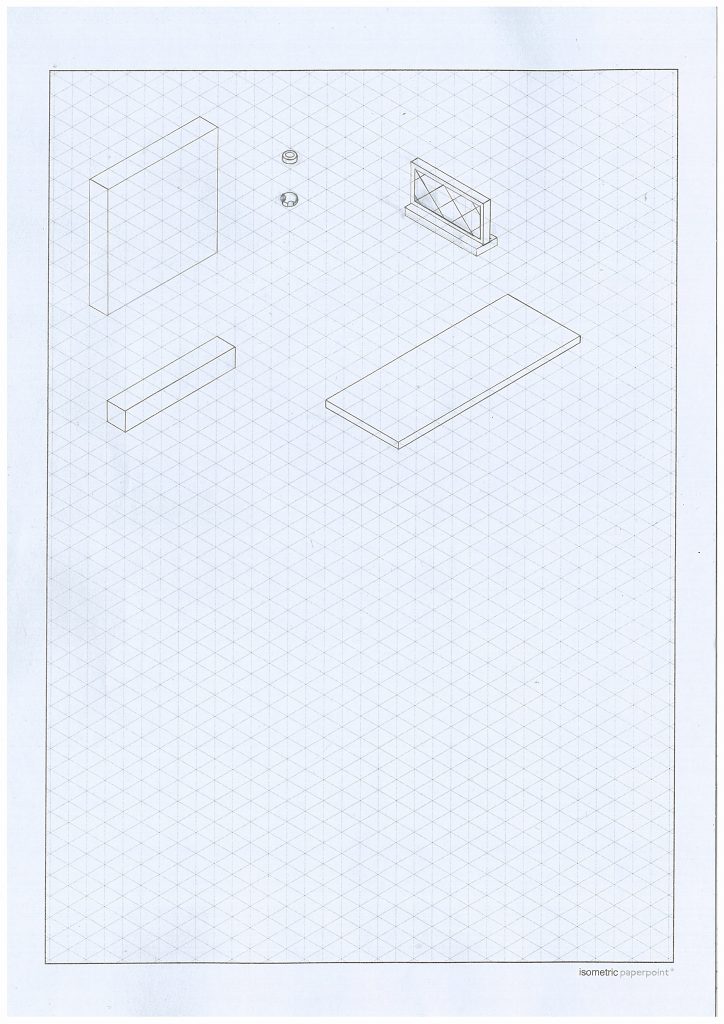
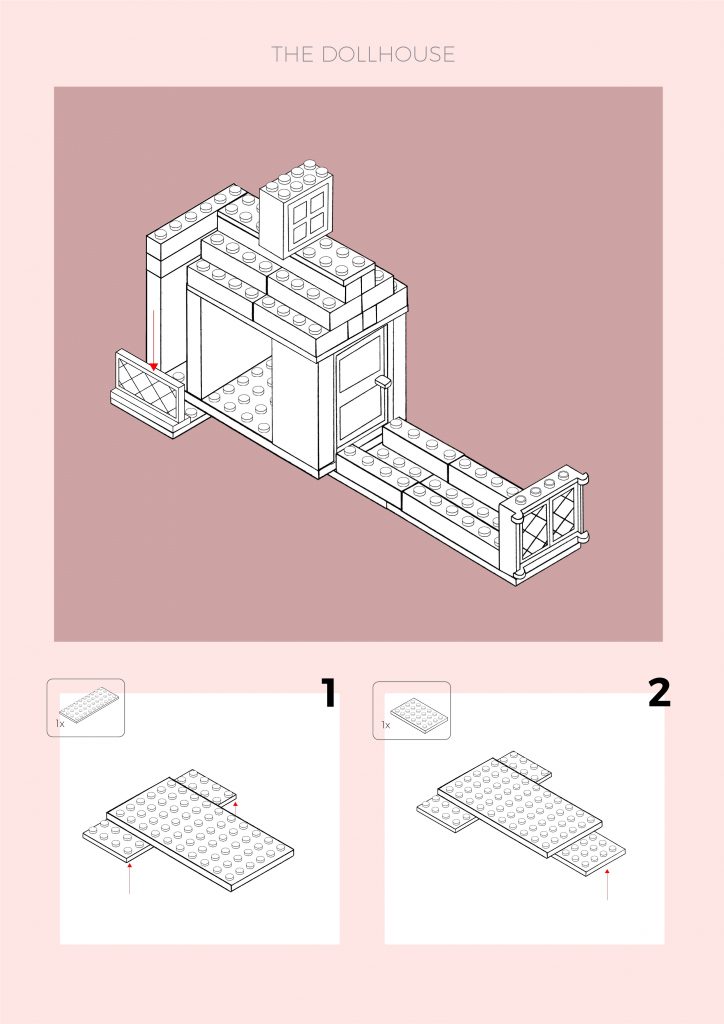

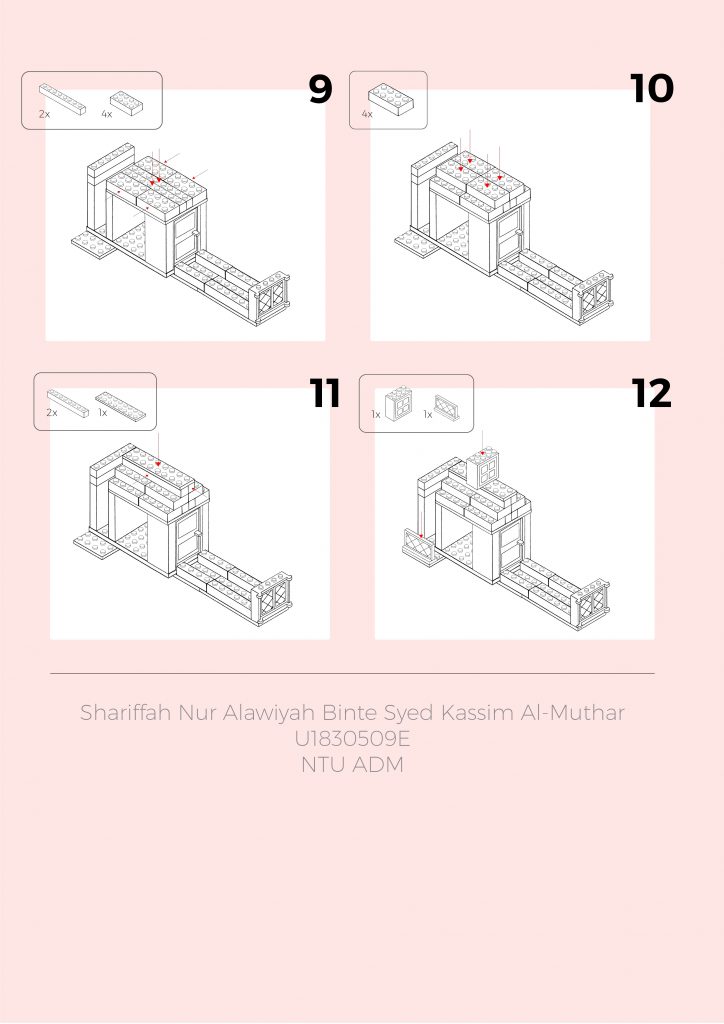



















Recent Comments